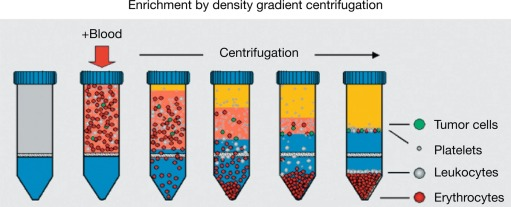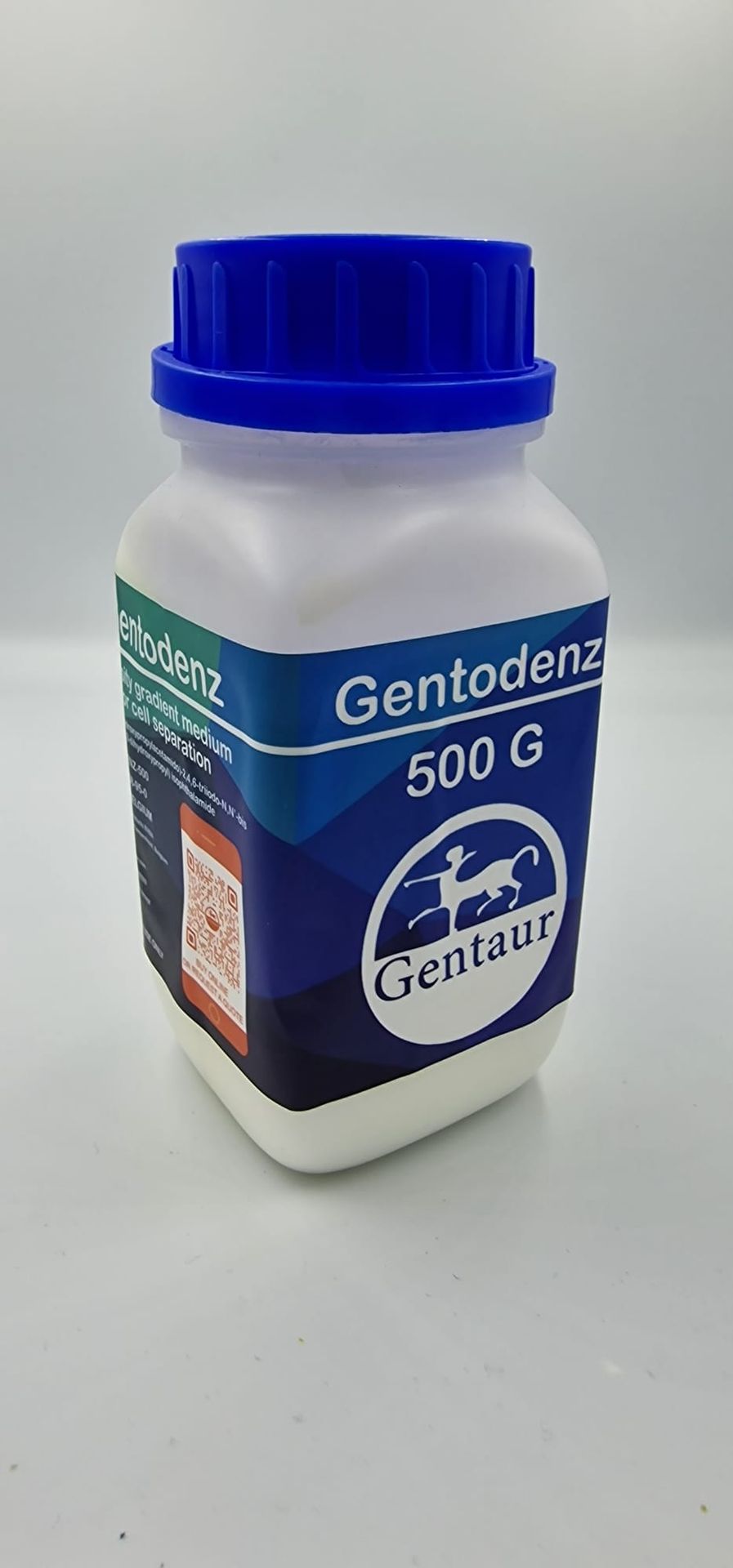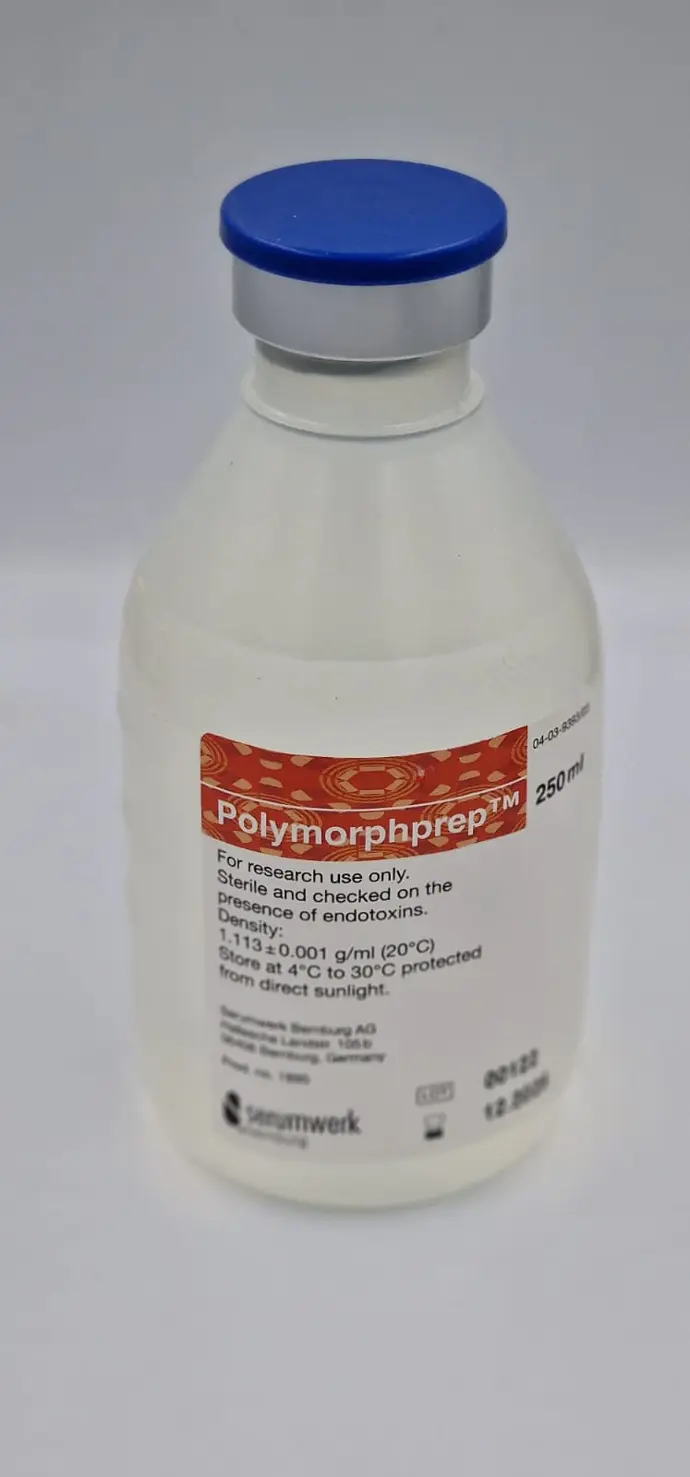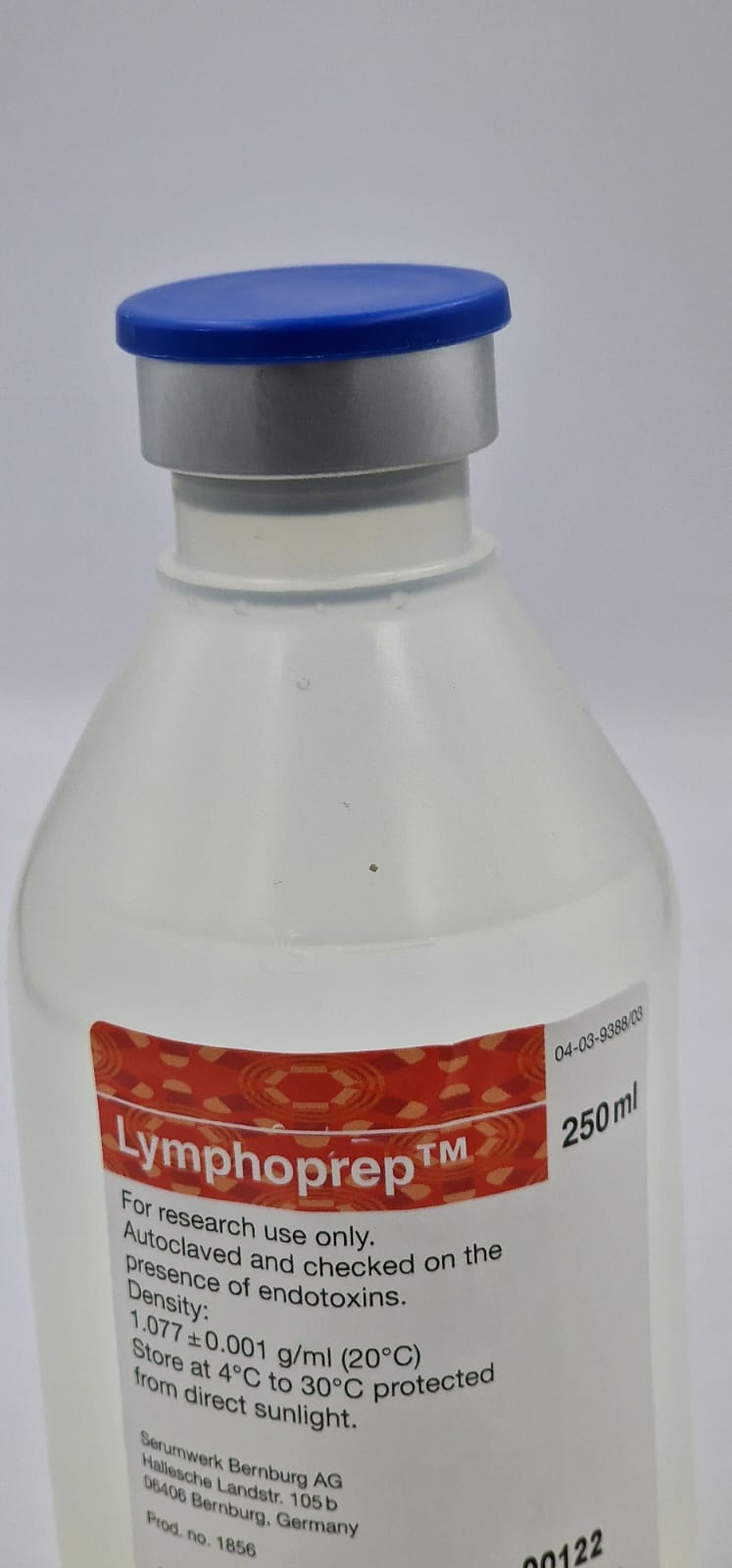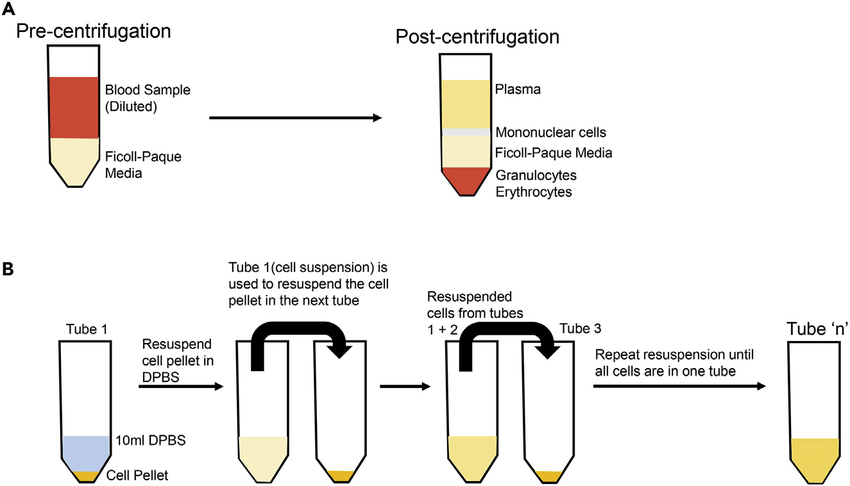Density gradient media play an important role in the field of biomedical research, offering scientists powerful tools for the isolation, separation, and purification of various biological materials. These versatile substances are indispensable in a wide range of applications, from the isolation of specific cell types to the purification of subcellular organelles. In this blog post, we introduce the principles behind density gradient media and explore their diverse applications in the laboratory.
Understanding Density Gradient Centrifugation
Density gradient centrifugation, a technique widely used for the separation and purification of biological materials. The concept is straightforward: a sample containing heterogeneous components is layered onto a gradient medium, typically a solution with varying densities, and subjected to centrifugation. During centrifugation, particles within the sample migrate through the medium until they reach a position where their density matches that of the surrounding medium, resulting in the formation of distinct bands or layers.
Types of Density Gradient Media
Several types of density gradient media are commonly employed in biomedical research, each tailored to specific applications:
- Iodixanol-Based Media: Examples include OptiPrep, a non-ionic, iodixanol-based medium used for the isolation of organelles such as mitochondria and the separation of lipoproteins.
- Polysaccharide-Based Media: Ficoll and Percoll are popular polysaccharide-based gradient media utilized for the isolation of lymphocytes and various cell types from whole blood.
- Non-Ionic Iodinated Media: Nycodenz is a non-ionic, low-osmolar iodinated medium favored for the separation and purification of cells, viruses, and subcellular organelles.
- Other Specialized Media: Lymphoprep and Polymorphprep are examples of density gradient media specifically designed for the isolation of lymphocytes and neutrophils, respectively.
Applications in Biomedical Research
Density gradient media find widespread use in diverse areas of biomedical research, including:
- Cell Separation: Isolation of specific cell types from complex mixtures, such as blood or tissue samples, for downstream analyses or therapeutic purposes.
- Organelle Purification: Extraction and purification of subcellular organelles, such as mitochondria, lysosomes, and nuclei, for detailed studies of their structure and function.
- Viral Purification: Separation and concentration of viruses from biological samples for diagnostic or research purposes, such as vaccine development and viral pathogenesis studies.
- Protein Purification: Fractionation of protein mixtures based on density differences, facilitating the purification of specific proteins or protein complexes.
Conclusion
Density gradient media represent indispensable tools in the arsenal of biomedical researchers, enabling precise and efficient isolation, separation, and purification of biological materials. From cell biology to virology, these media find applications in a myriad of research endeavors, driving advances in our understanding of fundamental biological processes and offering potential solutions to pressing health challenges. As technology continues to evolve, density gradient centrifugation techniques are likely to remain integral to biomedical research, facilitating discoveries that shape our understanding of life and disease.
